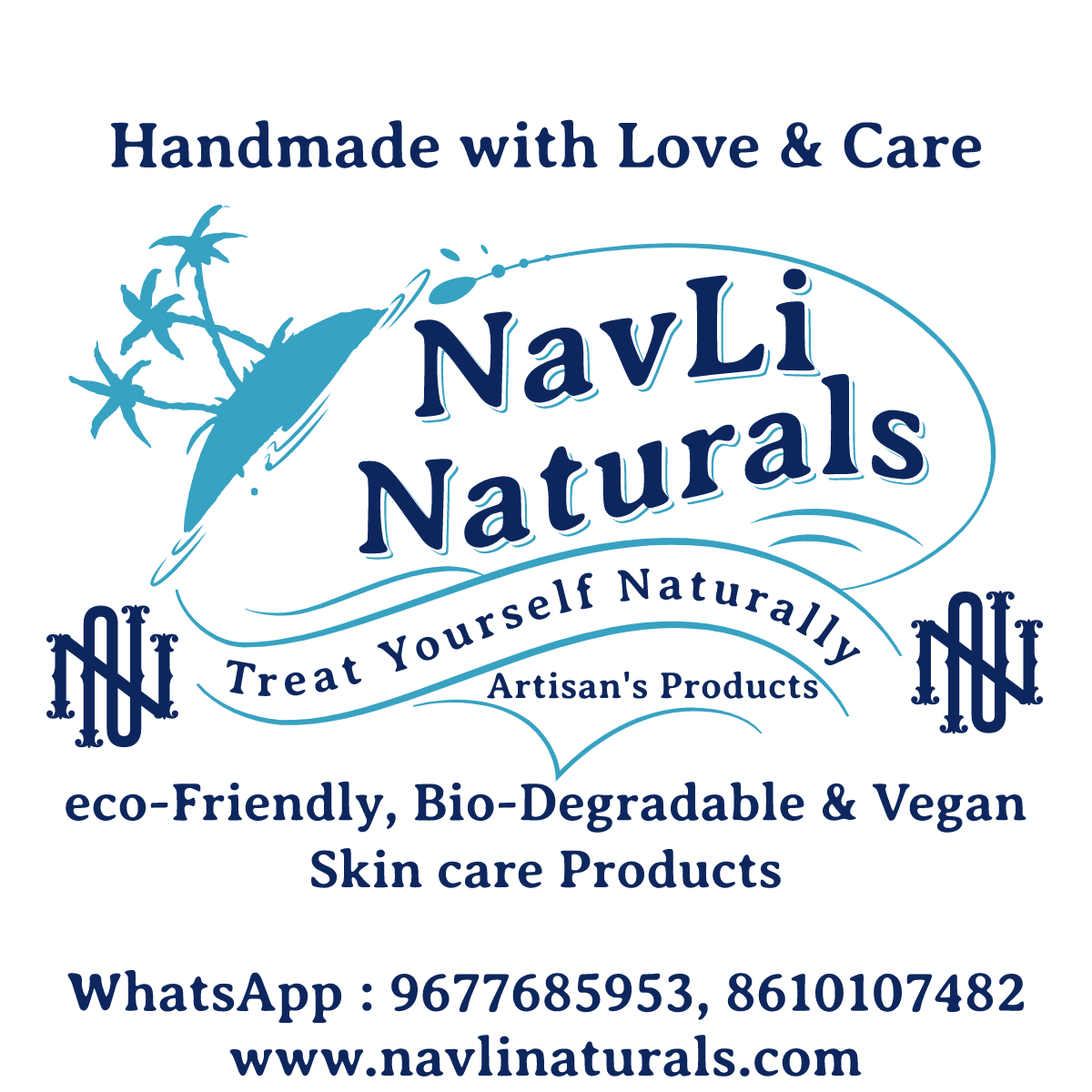Cold Process Soap and its Benefits.
- NavLi Naturals

- Jul 4, 2017
- 4 min read

Soap is one of those day-to-day products we take for granted, but did you know that this cleansing staple actually dates back thousands of years to when the ancient Babylonians mixed together fats and ash to make the very first soap? Modern soaps often combine advanced ingredients but the essential idea of soap as we know it is based on this historic version.
There are different methods of making soap. The one we believe creates the best quality bar of soap is called the cold process method. Passed down through generations, the cold process soap making method creates gentle soaps that cured over 4 to 6 weeks produces a long-lasting bar with ultimate moisturization.
This traditional soap making technique allows us to use only the best natural ingredients and essential oils to produce soap that’s even suitable for sensitive skin.
Cold process handmade soap is also sometimes called Lye Soap. It is created by mixing lye & water with oils and then mixed briskly. The lye reacts chemically with the oil mixture in a process called saponification, meaning to turn into soap. The soap is allowed to sit for a minimal a month to cure, which finalizes the saponification process. When all ingredients are properly measured and mixed, the final product is gentle and beneficial for your skin.
Most commercial soaps are detergents. They contain lathering agents to make them act like soap, along with some other nastiest best to avoid, and are anything but good for your skin. When soap making was industrialized, the most efficient way to make it involved heating it to the point where the glycerine that’s naturally formed during the saponification process separated out. That worked out fine for the soap manufacturers, as glycerine is highly profitable by itself and can be sold to other companies to make lotions and moisturizers – which are now desperately needed since our skin is all dried out by washing it with harsh detergents. Antibacterial and Antimicrobial soaps sometimes contain a chemical called triclosan, which is also used in some pesticides and is known to cause cancer.
The cold process handmade soap contains no harsh chemicals or artificial dyes, which are absorbed into your skin through your pores with regular detergent-like soap from the super store. The ingredients are all natural. Therefore only natural ingredients are being absorbed into your skin with the cold process soap option.
The number one benefit of cold process handmade soap is that choosing oils, vitamins and herbs want to add to create a perfect bar of soap that is good for any type of skin. The second benefit is that no artificial or harsh ingredients are added in the soap. Sometimes, soap dye is added to give colour to it. But, at NavLi that is created using natural ingredients like herbs.
The cold process handmade soap generally cost more than the detergent bars. But the difference is these soap bars are actually good for your skin. If skin care is your primary concern or if your skin tends to be very sensitive, and then go with cold process soaps.
The Creamy Feel
Cold process soap made with all-natural ingredients like plant oils and butters creates a creamy lather for deep moisturization. Unlike other soap types, cold process versions penetrate deep into into the skin to help minimize dry itchy skin.
Powerfully Natural
The benefits of natural soap making ingredients like coconut oil, shea butter and olive oil can be lost through the heating process in hot process soap techniques; the cold process method ensures these natural ingredients are better preserved.
Intensive Scent
Cold process soaps are often fragranced with natural essential oils, like lavender and jasmine, or fragrance oils like chocolate or apple. Because cold process soap takes a number of weeks to fully cure, the scent intensifies over time.
Luxurious Lather
Unlike hot process soap, alternatives made through the cold process method can be skillfully whipped for the lightest touch, even floating on water! Cold process soap has the ability to create incredible lather to allow a truly luxurious bathing sensation.
Creatively Colorful
Cold process soap making techniques include a level of artistry, with many soaps decorated with swirls, layers of colour and all sorts of interesting designs. Some are mixed with natural ingredients for texture while others have a top layer of herbs for an artistic final touch.
Cold Process Soap, Naturally
Many soap makers choose to work with natural ingredients and the cold process method is ideal to preserve the benefits of plant-derived butters and oils. Our artisanal soaps are the result of a number of elements: a combination of natural ingredients, a traditional soap making method and the level of luxury that only handmade products carry.
GLYCERIN
Glycerin isn’t added to a handmade soap recipe – it’s created during the soap making process! Glycerin is a precious emollient that softens and maintains water balance by attracting moisture to your skin. It is proven to be so beneficial to your skin that it is extracted from commercial ‘soap’ and reserved for higher priced body care, hygiene and pharmaceutical products. Handmade soap retains all of its natural glycerin glory and produces a rich and luxurious lather that is unparalleled to any other.
How To Make Cold Process Soap



























Comments